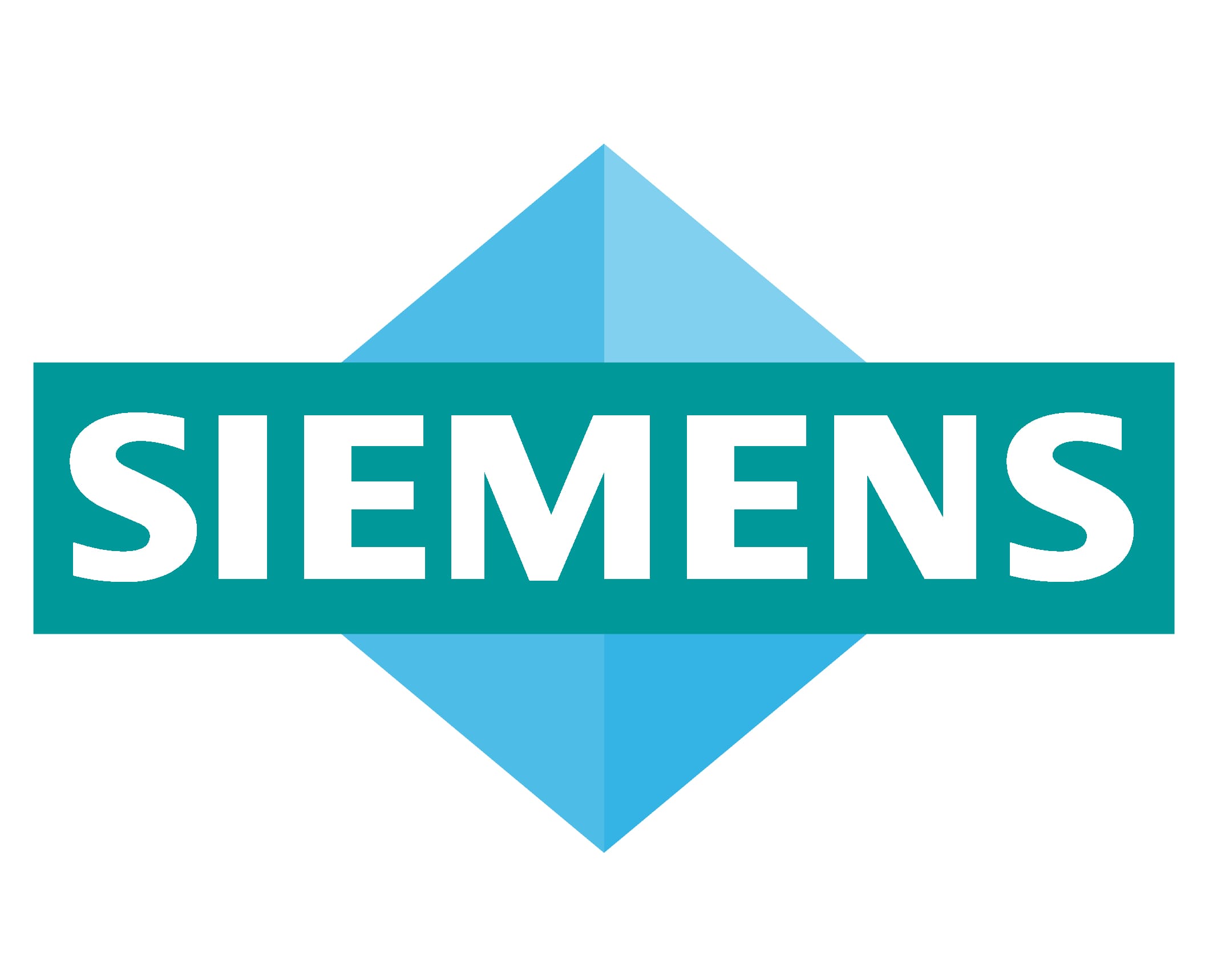
Recently several 3D printer manufacturers have established relationships with Siemens. What does this mean?
Up until the past couple of years 3D printer manufacturers by and large marketed standalone machines that were typically used for prototyping or low volume manufacturing.
One of the reasons they were constrained to those segments was the fact that the machines poorly integrated into large-scale automated manufacturing operations. 3D printers required (and virtually all still do) manual intervention to initiate print jobs, clean out completed jobs and refill material canisters as required.
That’s ok for low volume manufacturing, but not so if you want an entirely automated production line that runs 24/7.
How do such production lines work? I’m no expert but I do know that Siemens is one of the larger providers of software, services and equipment in this regard. It is for this reason that several 3D printer manufacturers have turned to Siemens: to gain a foothold in the lucrative production business.
Case in point: Stratasys’ robotic demonstrator unit. Stratasys partnered with Siemens to develop the software that drives this powerful new 3D printing concept.
But if you look closely, it appears that most of the machinery is Siemens driven, not Stratasys. Stratasys has developed the powerful new plastic extruder, but it’s essentially mounted on a Siemens robotic system.
I’m wondering if Siemens’ vast knowledge of automation and production is something 3D printer manufacturers could ever hope to catch up to. Probably they cannot, as they don’t have the time or resources to do so.
The implication is that in future production lines 3D printing might be only a portion of an automated manufacturing process that’s largely driven by existing manufacturing players such as Siemens.
Where might that relegate 3D printer manufacturers? To work on the extruders, plastics and chemistry? To identify new areas of application of the technology? Perhaps in the production market.
That leaves the big players like Siemens still managing the overall production process – as they and similar companies do today.
3D printing is powerful, but it isn’t the whole picture of manufacturing and likely won’t be in the future.

